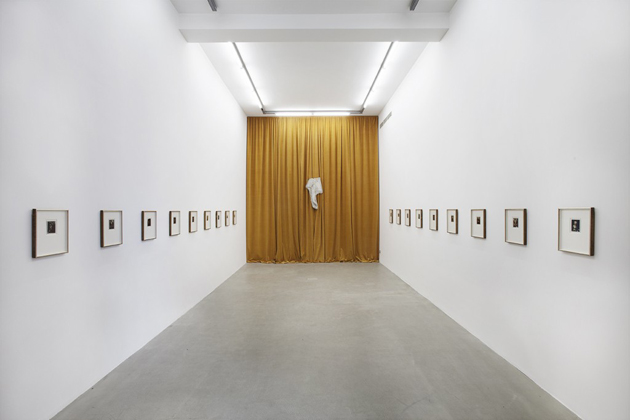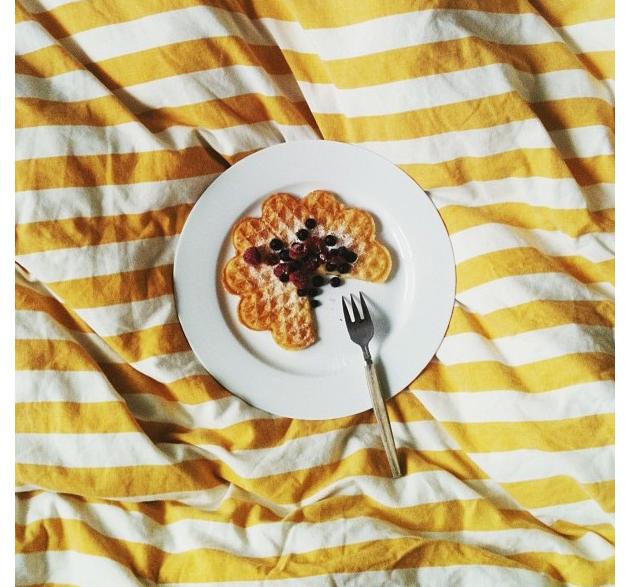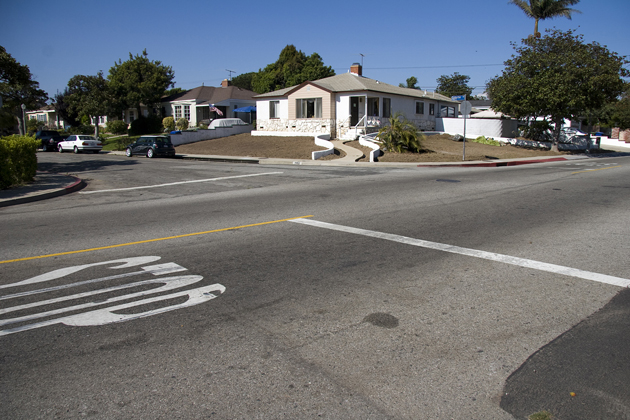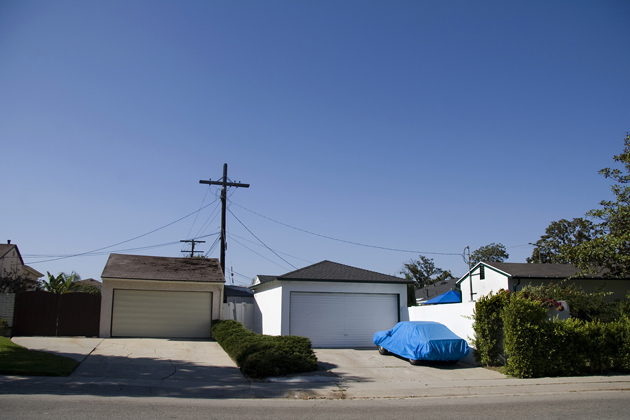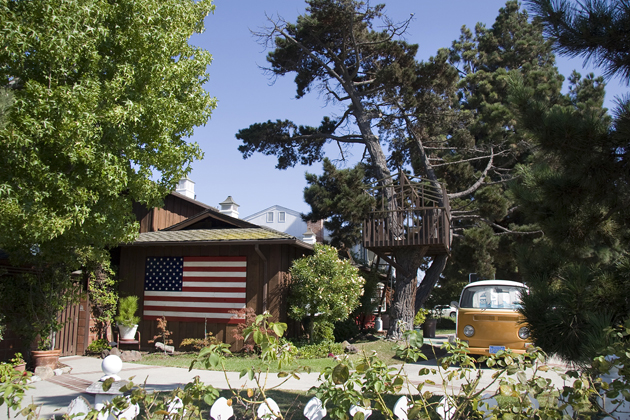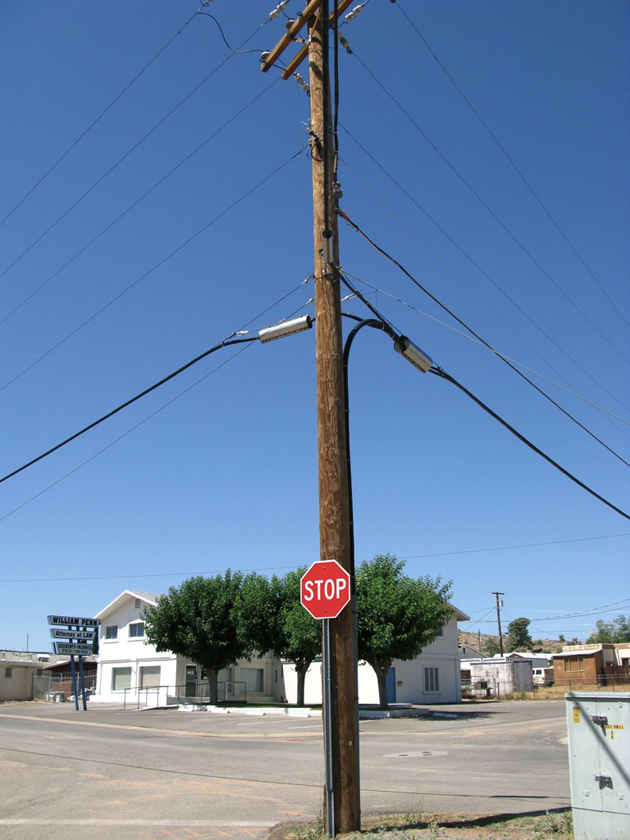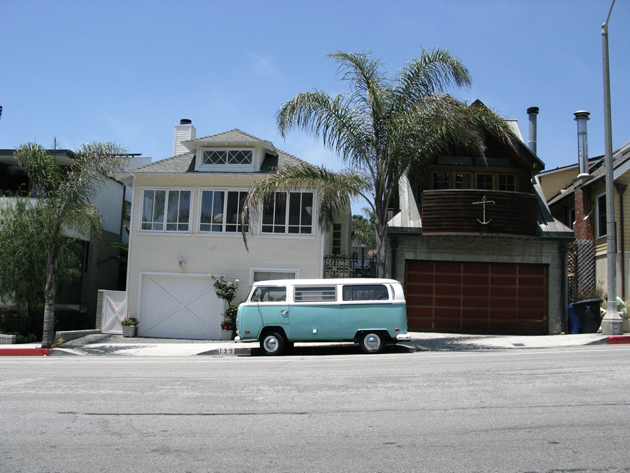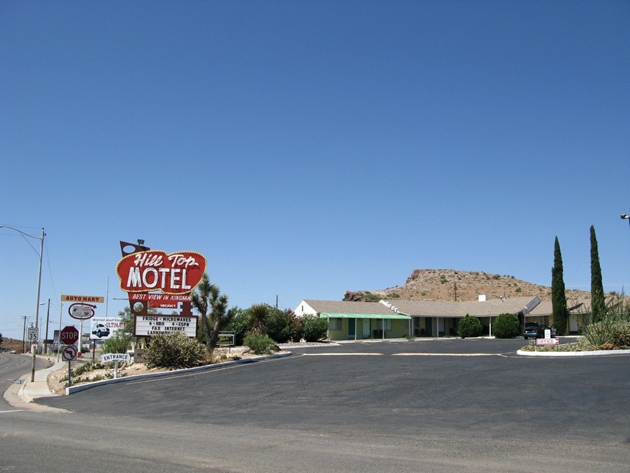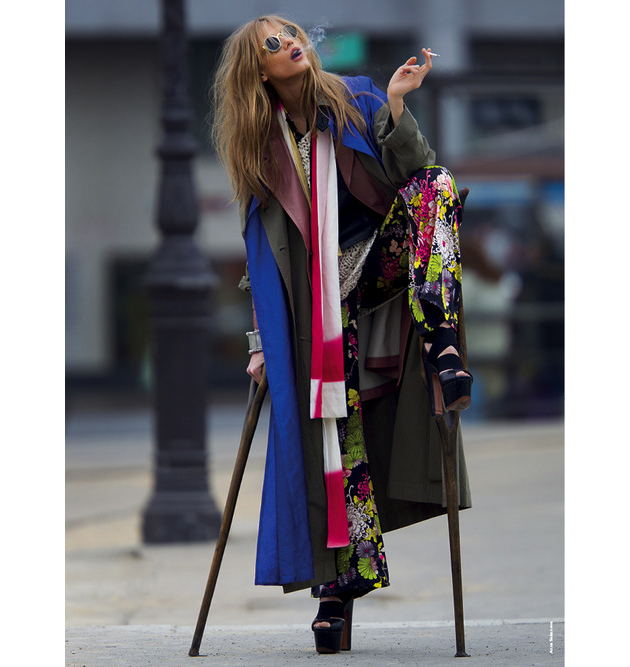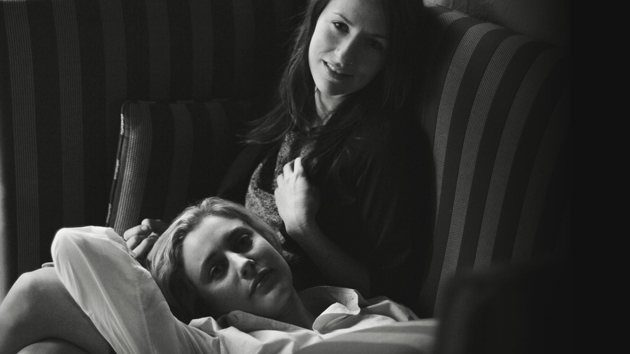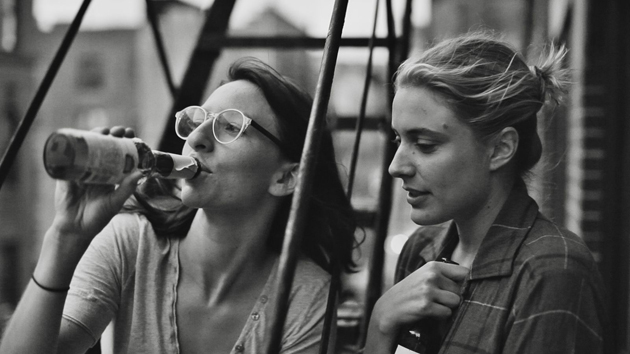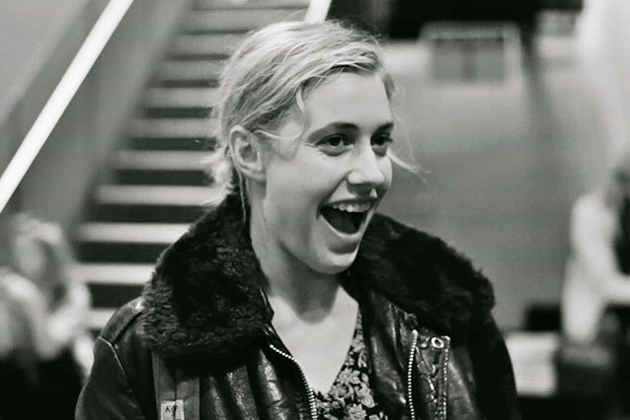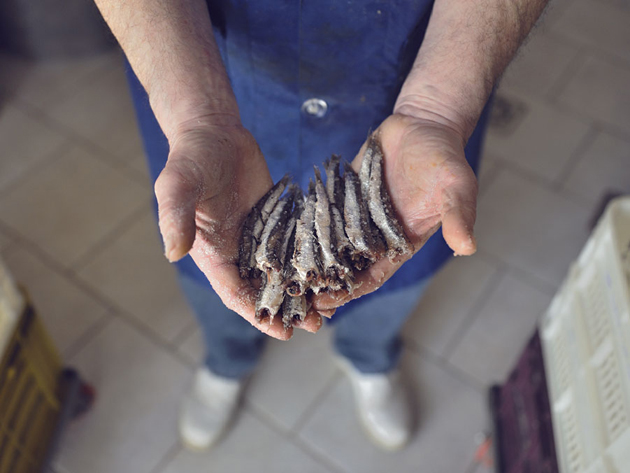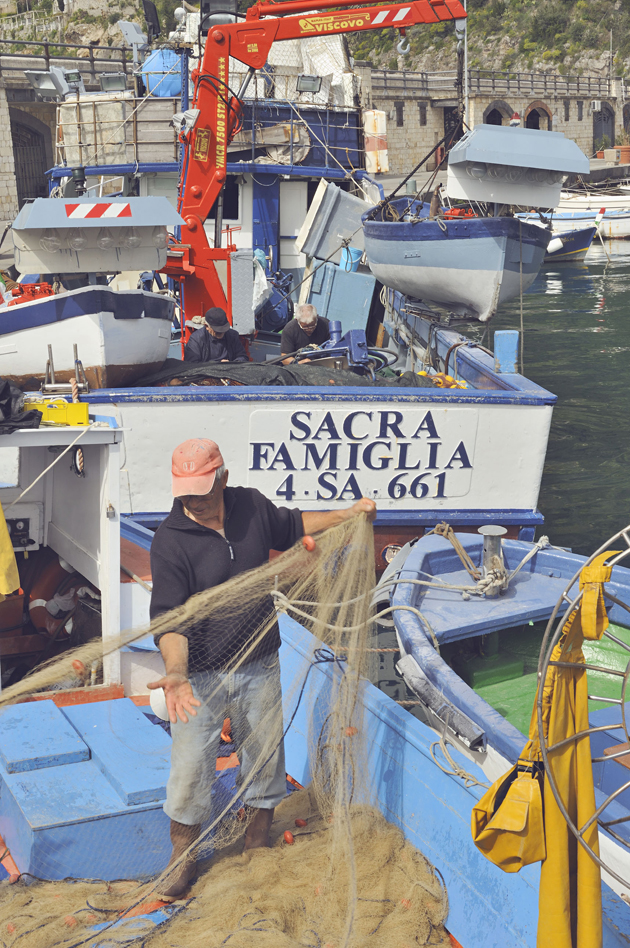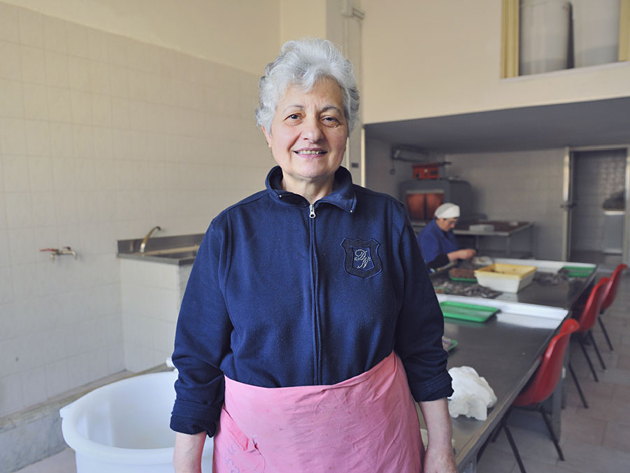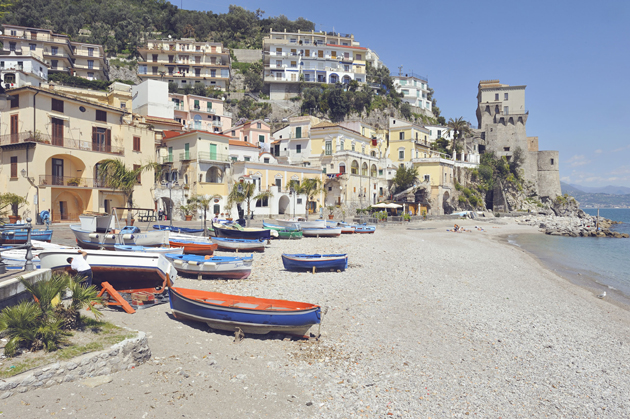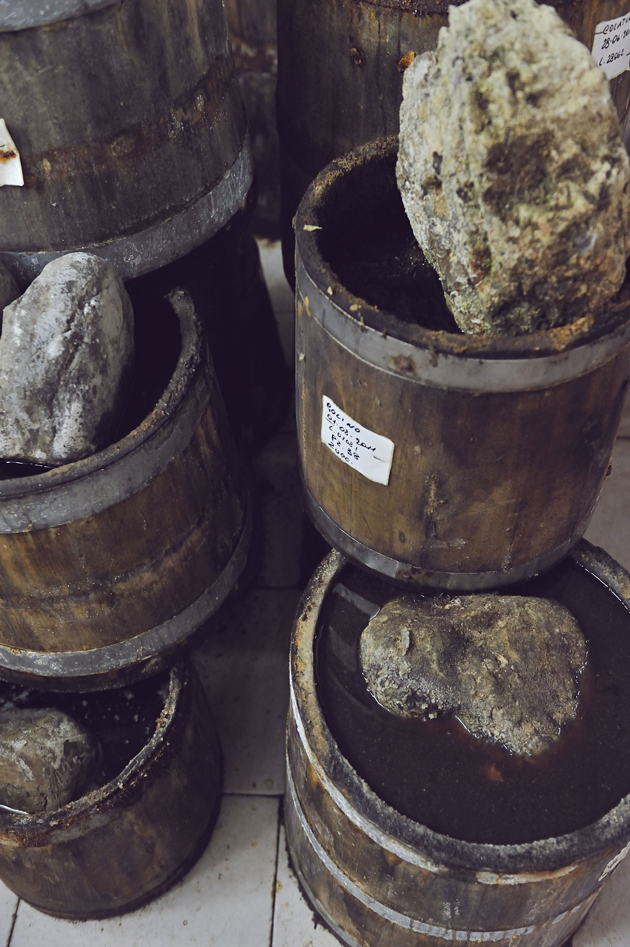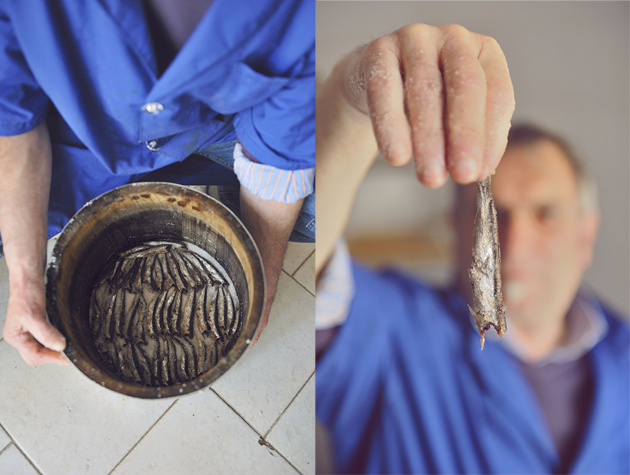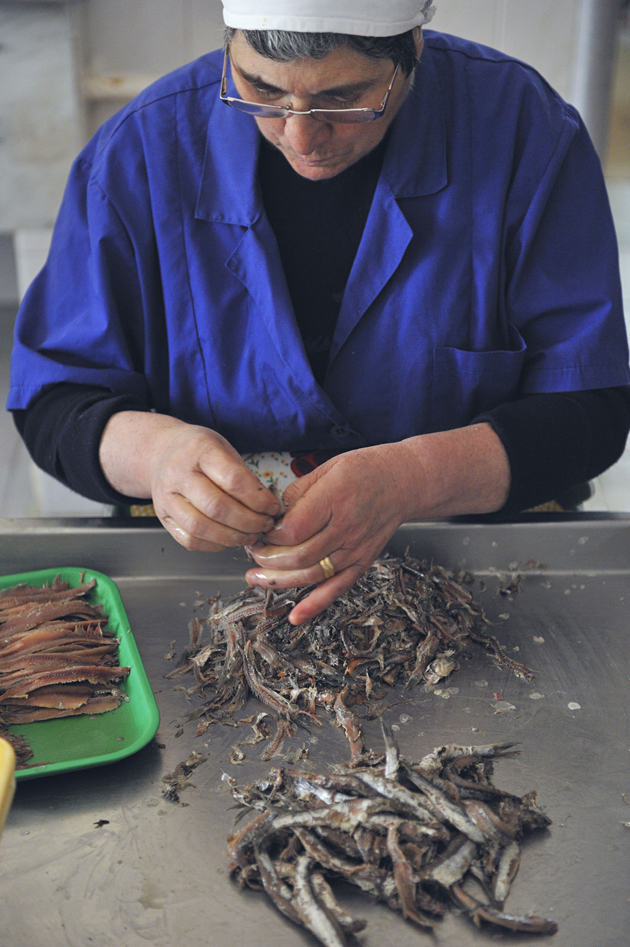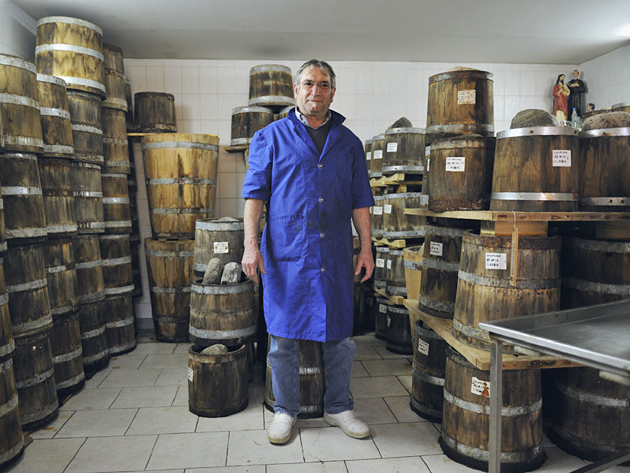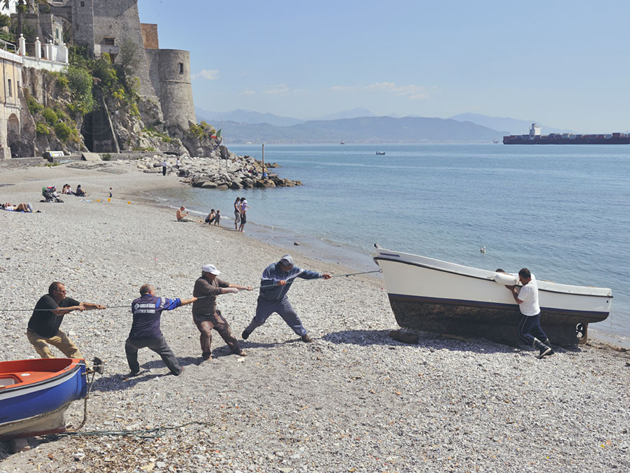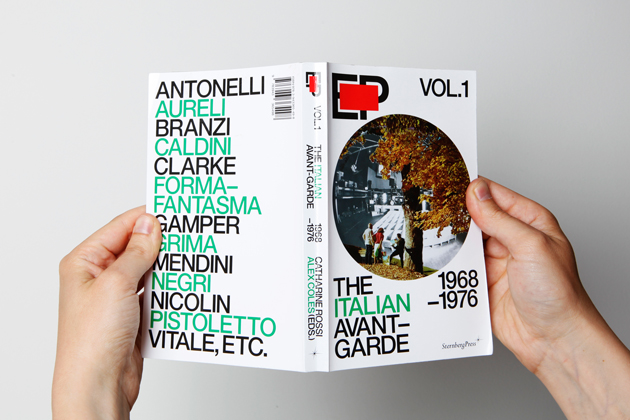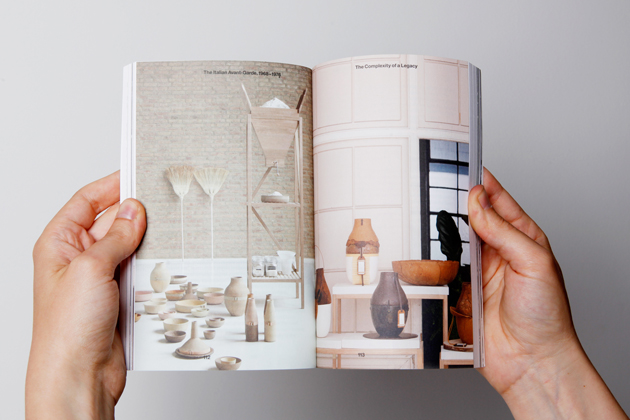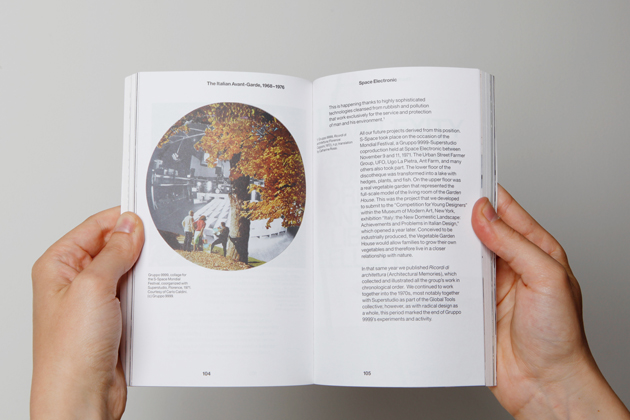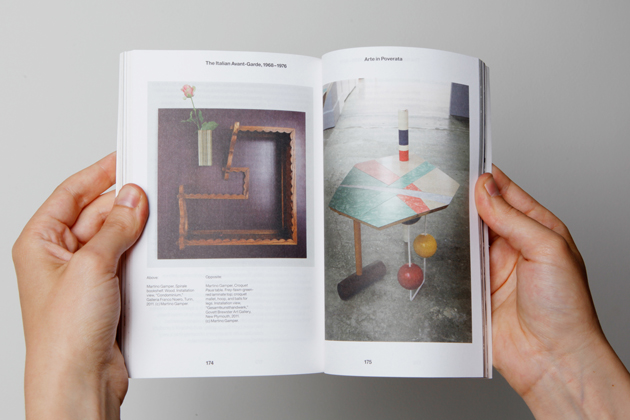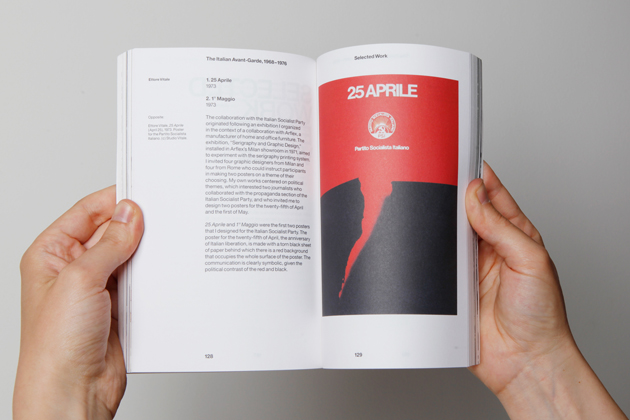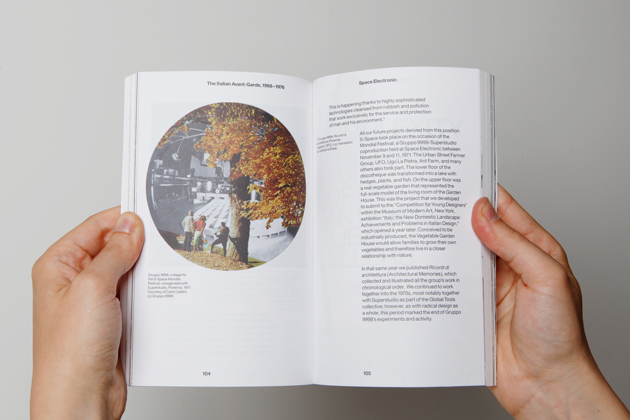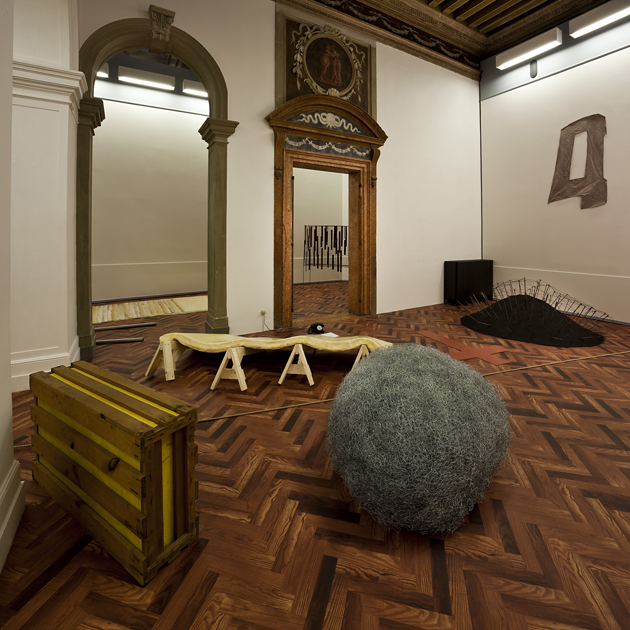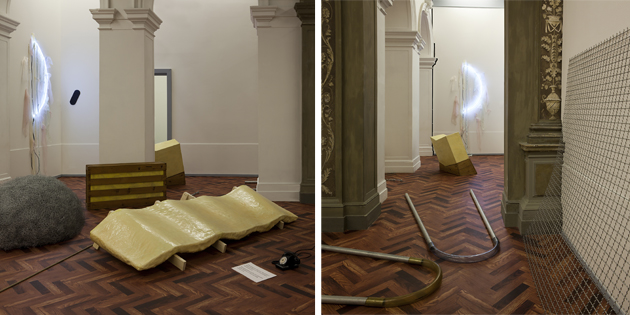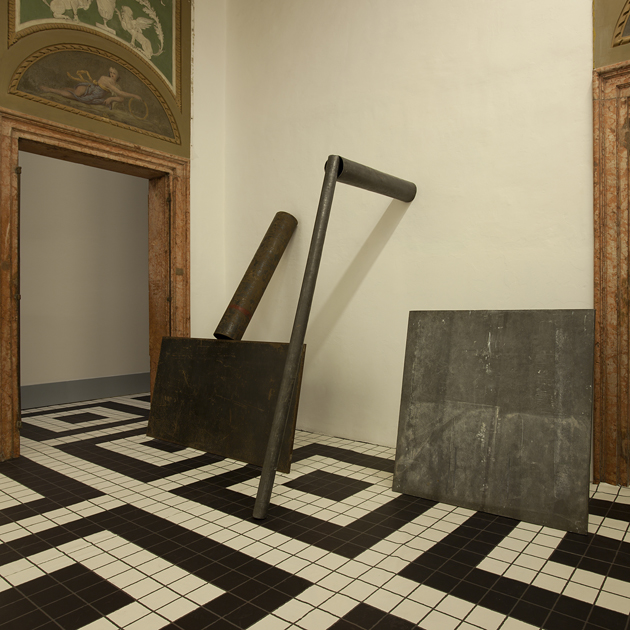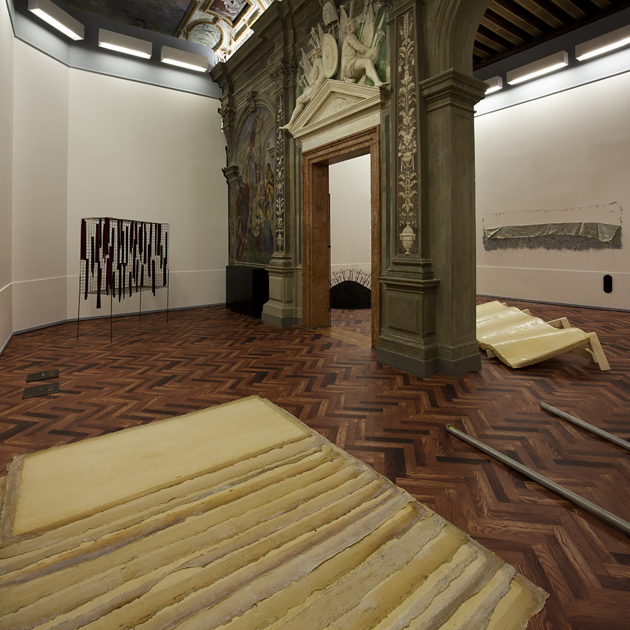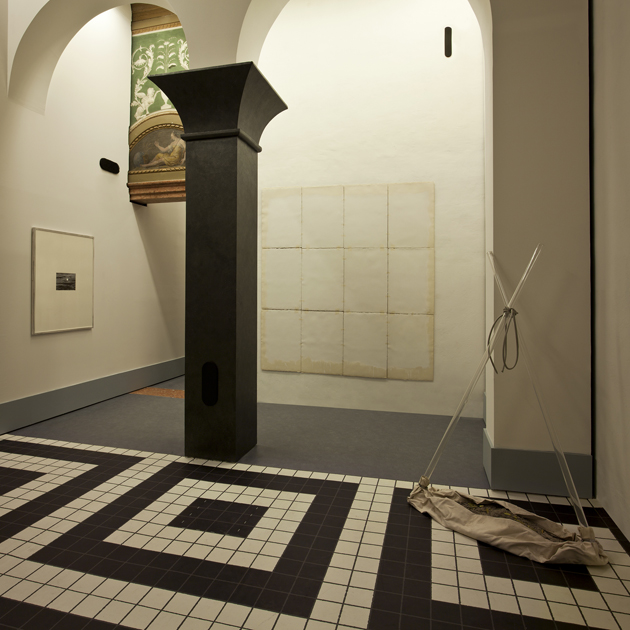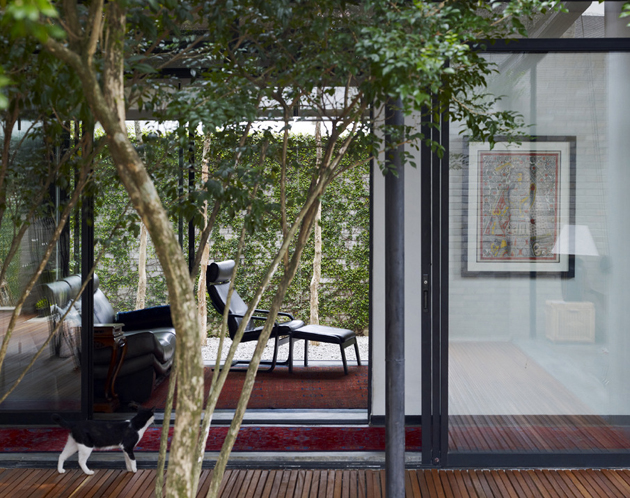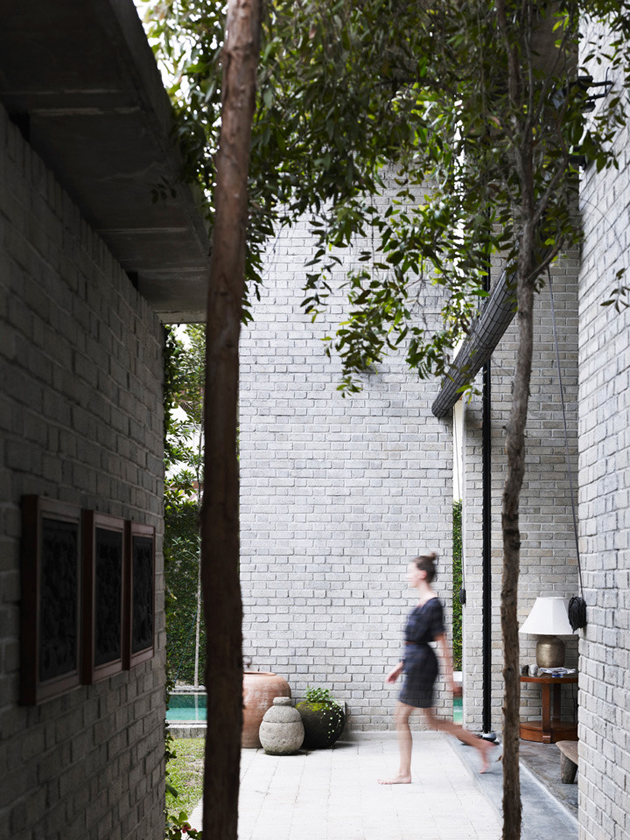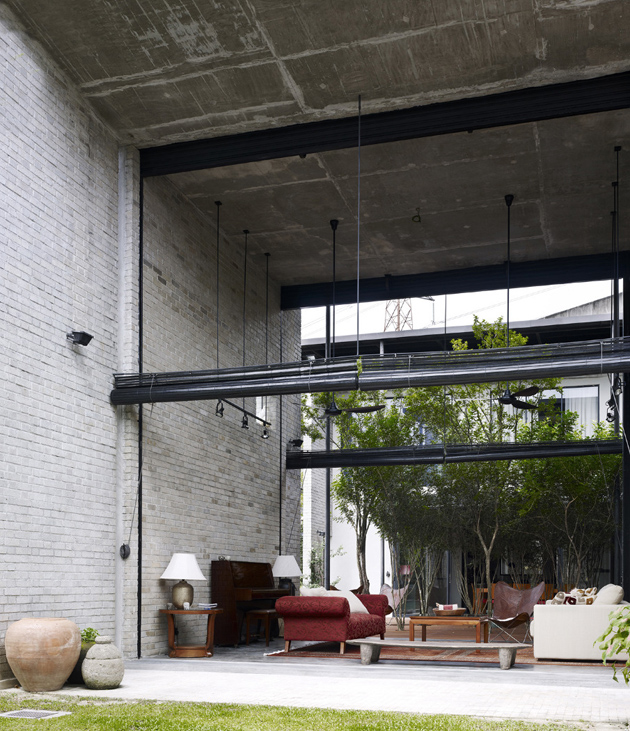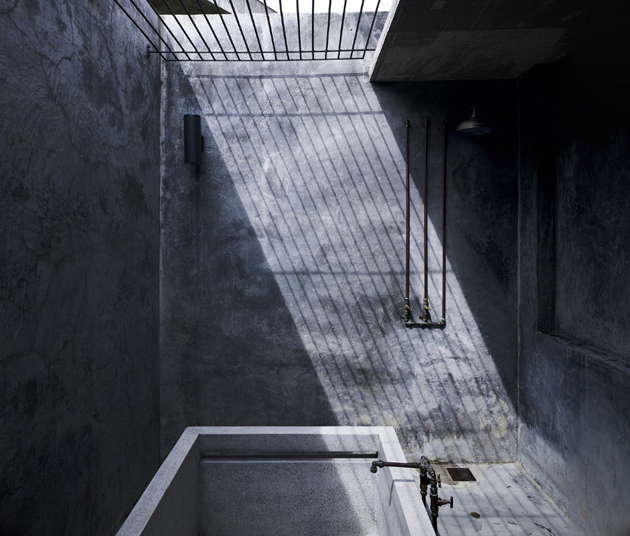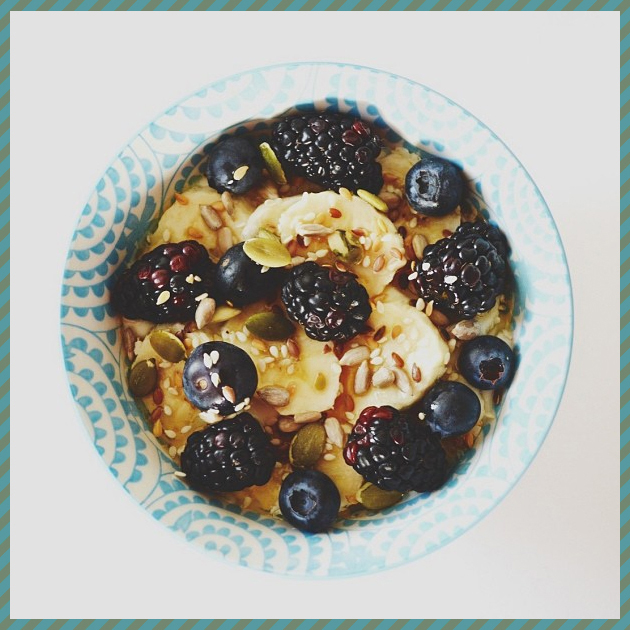Nicola Martini (Florence, 1984) is undoubtedly an intriguing artist. What he usually does, his artistic approach, is set midway between craftsmanship and a distinctive scientific process where different materials (concrete, bitumen, bones, wax, resin, acids…) and their ways of reacting become key elements of his language. Martini’s investigation exploits the numerous potentialities offered by the matter to go beyond the concept of sculpture and installation.
Somehow invading the field of chemistry and through the method of the experimental sciences, he creates his works exploring the limits of the substances he is working with, transforming their states. In a kind of endless research in order to discover what happens to something in particular conditions, the artist puts himself to the test of the unexpected, experiencing a creative and performative art process that combines foreseen and contingent.
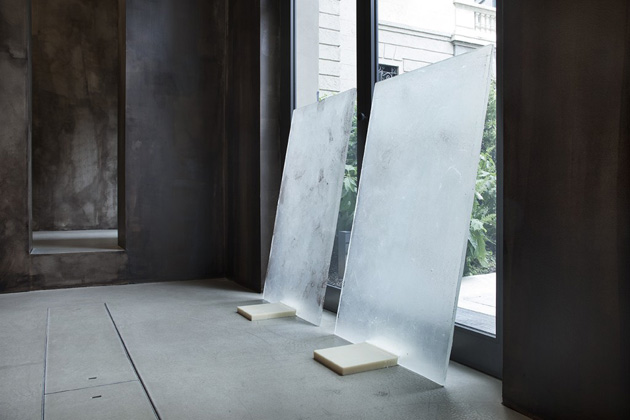
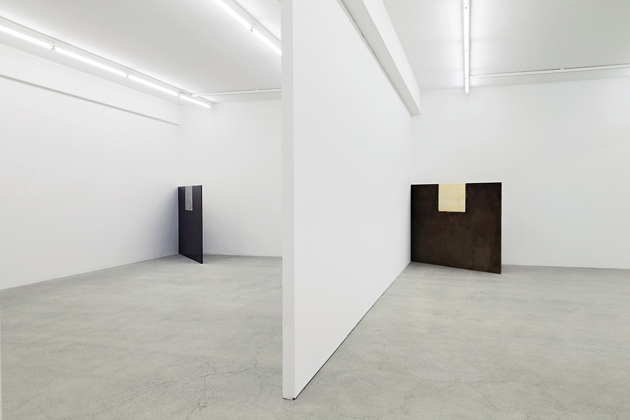
For his first show at kaufmann repetto entitled Sippe – German word that stands for tribe -, Nicola Martini chose to paint the walls and the ceiling of the gallery with bitumen of Judea, which is a photosensitive texture, used here to react to the light coming from the huge windows, but also to let out previous signs, as eraser and nails marks (as a sort of reconstruction of the “life” of the walls). Other sculptures – fusions of colophony with microcrystalline wax, and glass with quartz sand – are arranged to interact with the ever-changing space, acting as filters between light and bitumen.
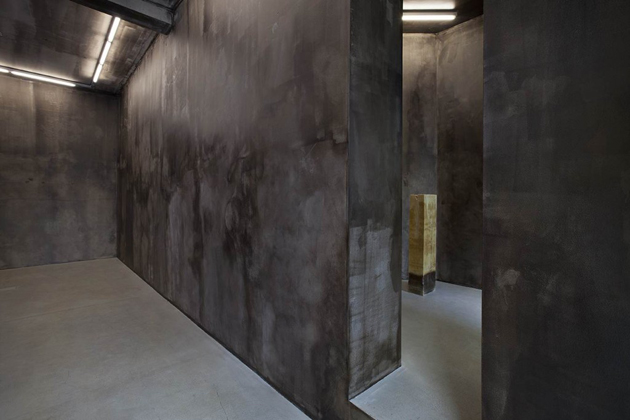
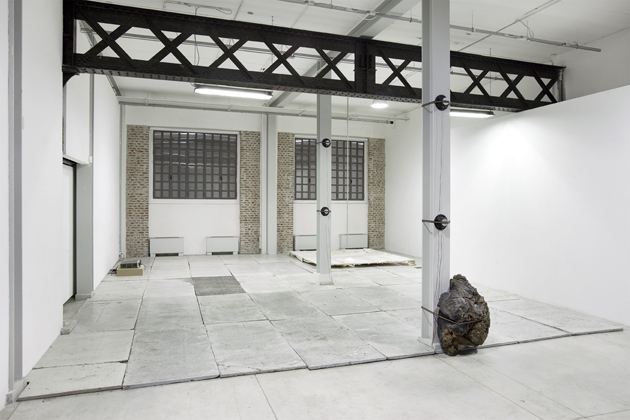
A gallery of portraits by the eminent architect, designer, photographer, motor racing and aeronautical pilot Carlo Mollino (Turin, 1905-1973) accompanied Nicola Martini’s show.
After the ‘fireworks’ of the openings days of the Biennale and the weekend devoted to the main international art fair – see Art Basel in Basel -, here’s our suggestion for all of you who are staying in Milan for a while. The exhibition will run until August 2nd, 2013.
